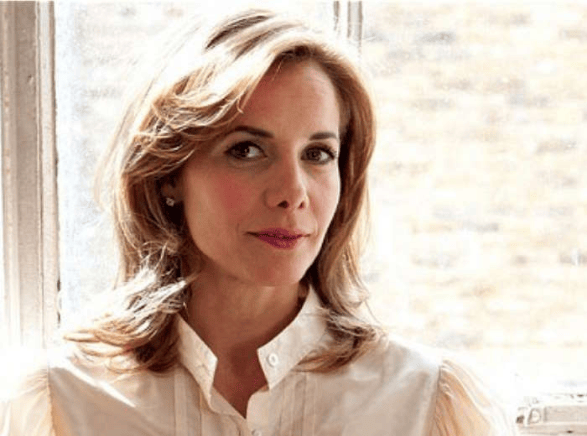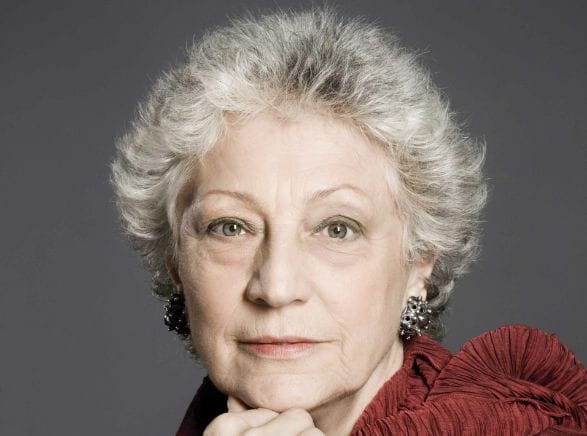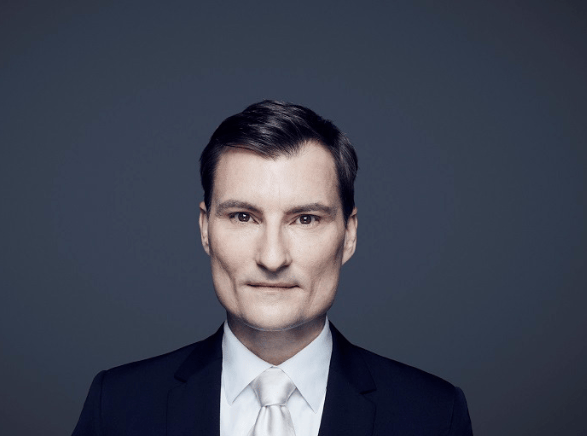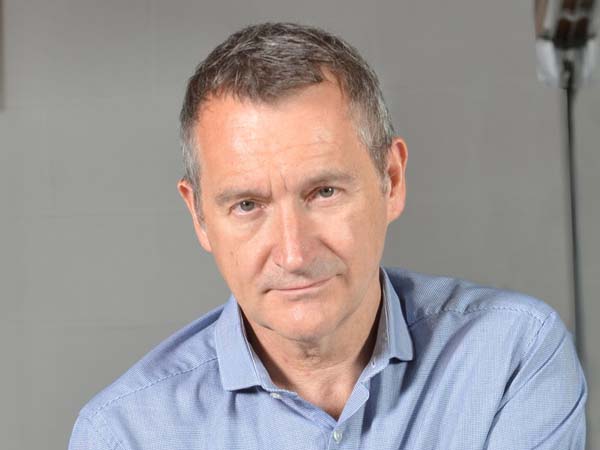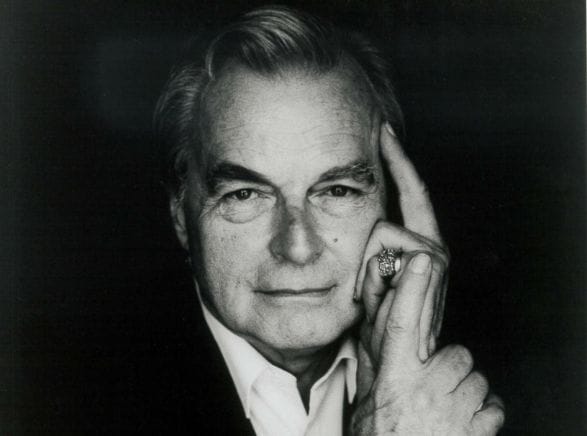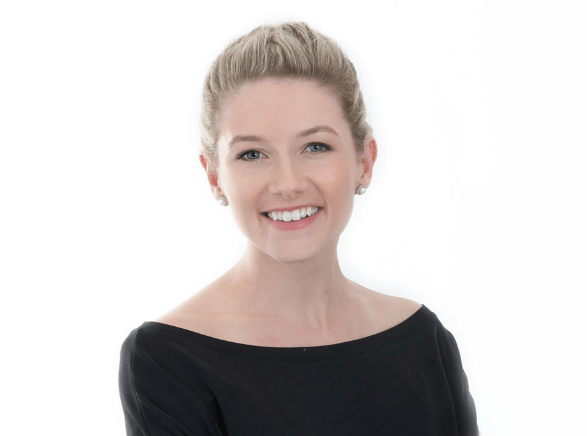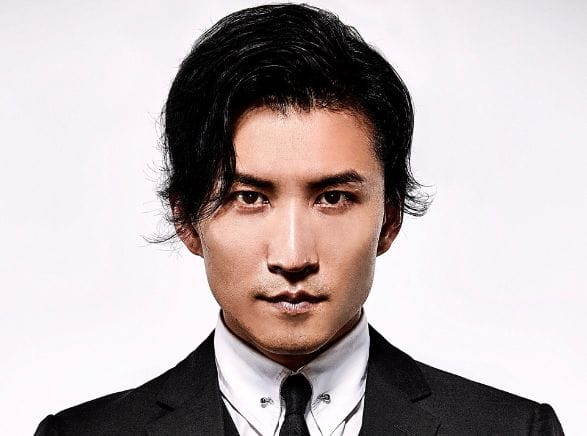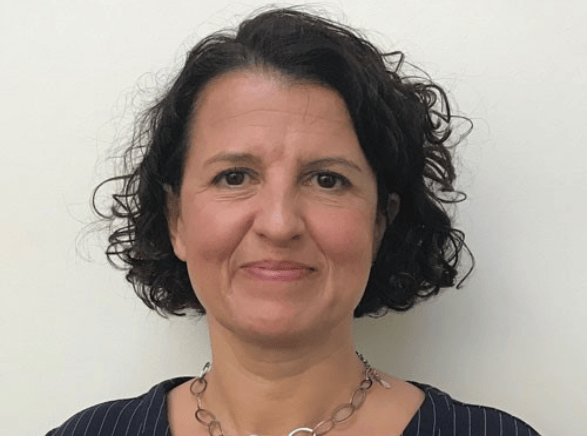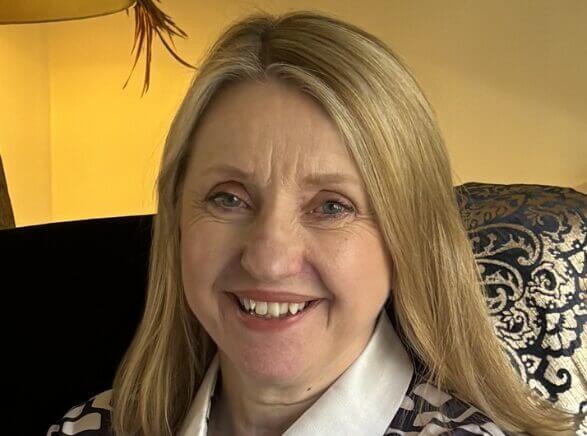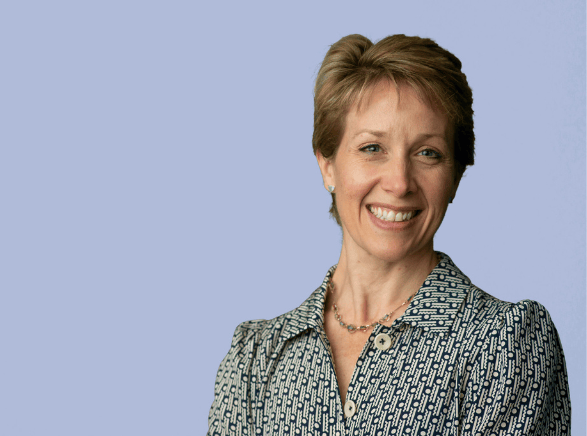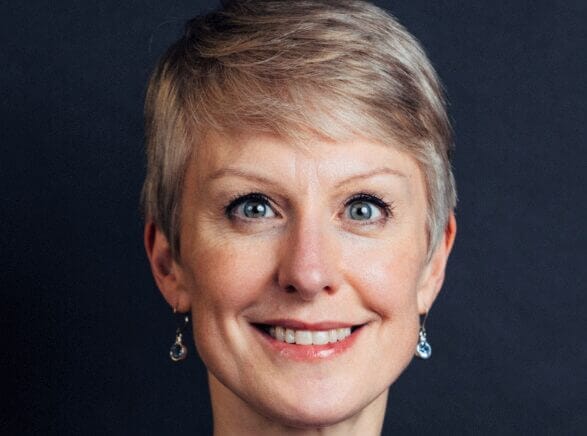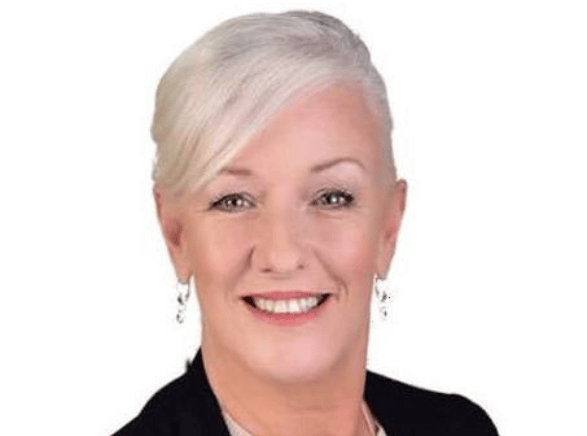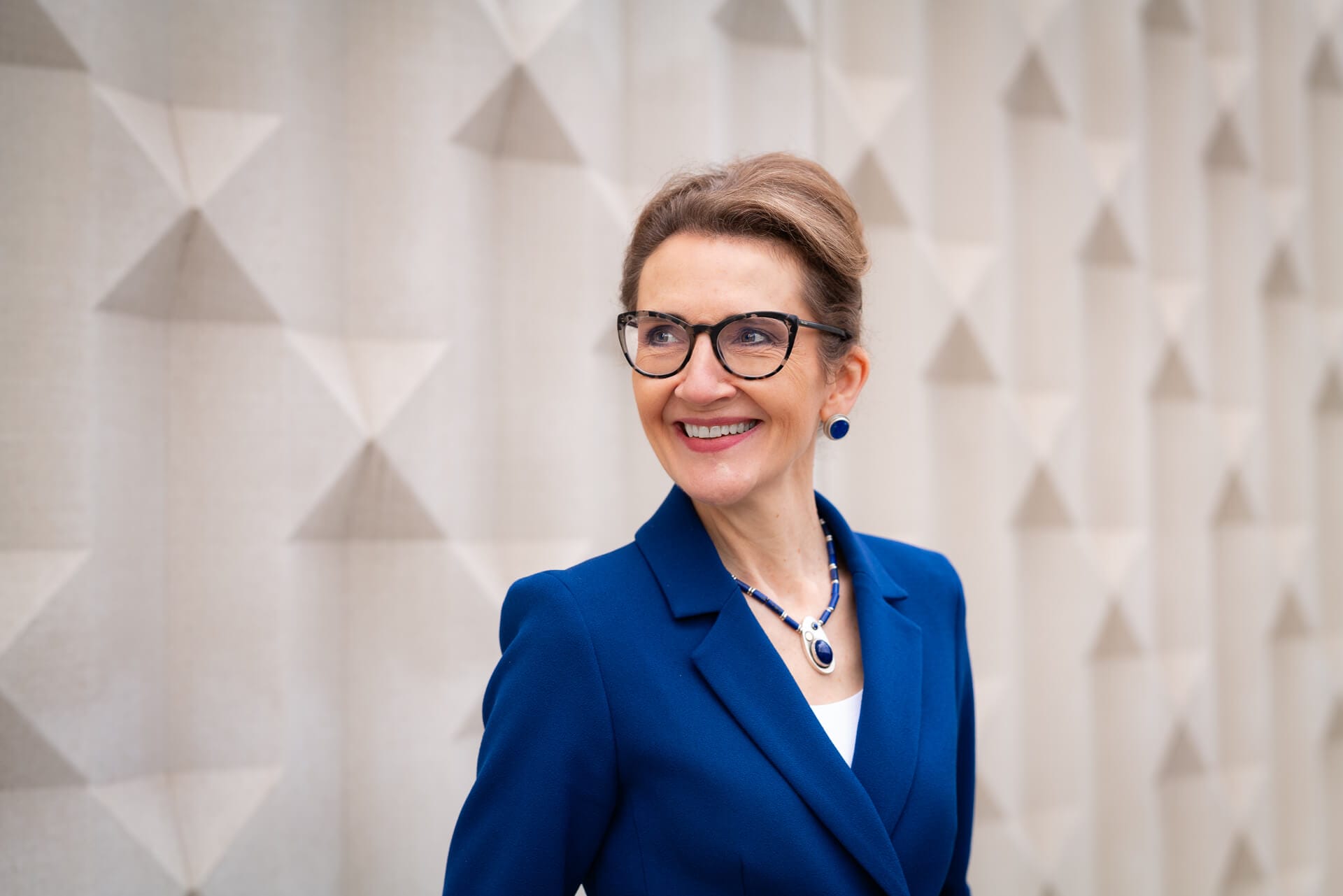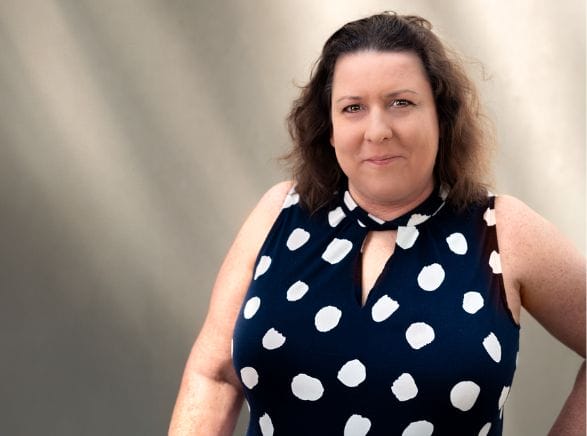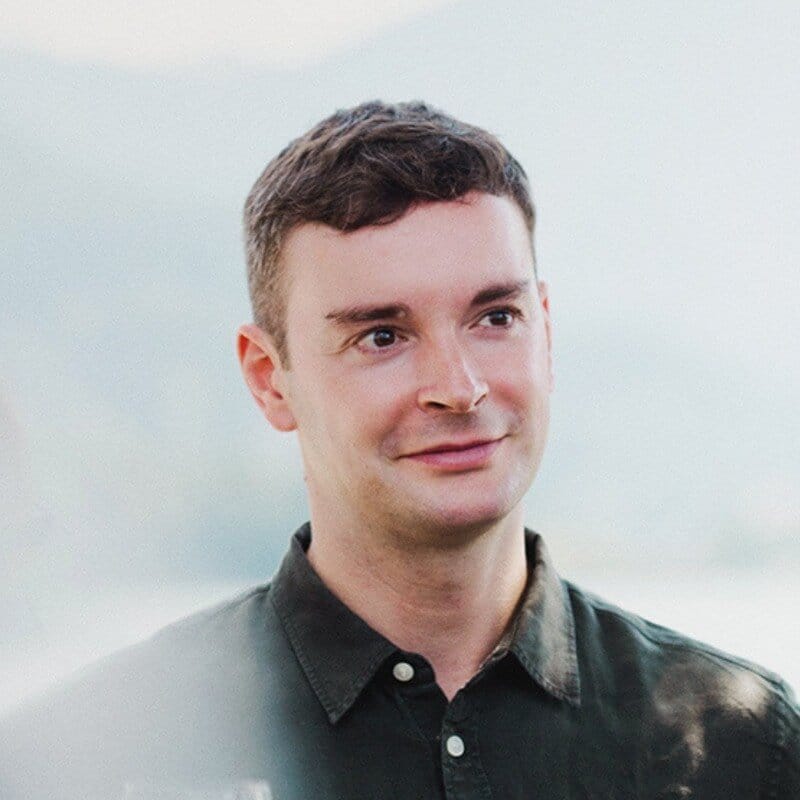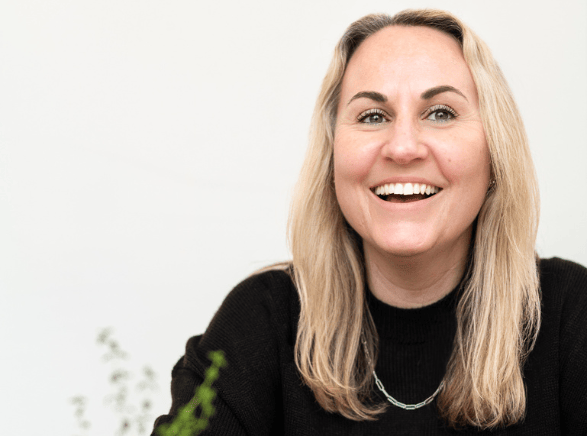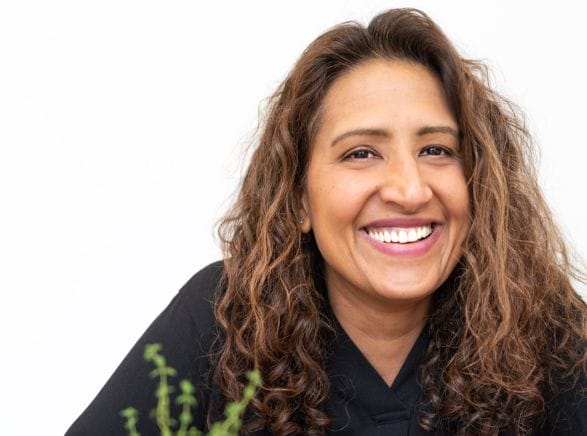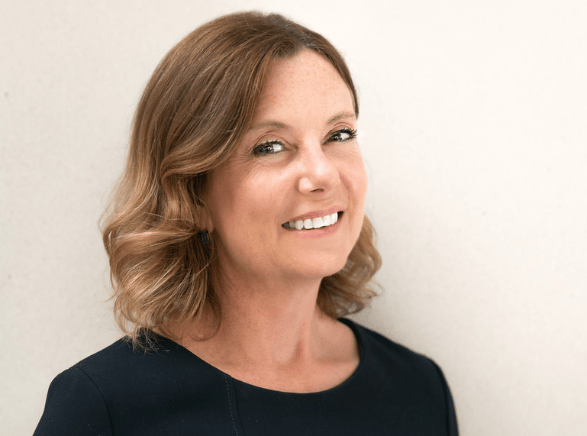Our People
Our dedicated and loyal worldwide staff rely upon the efforts of our executive board, the guidance of our board of trustees, and the passion of our president and vice presidents to fulfil our mission.
President & Vice Presidents
-

Dame Darcey Bussell DBE
President
Darcey Bussell is a former Principal with The Royal Ballet and the most famous British ballerina of her generation. During…
-

Dame Monica Mason DBE
Vice President
Born in Johannesburg, Monica Mason came to England at the age of 14 and trained with both Nesta Brooking and…
-

David McAllister AC
Vice President
A graduate of The Australian Ballet School, Perth-born David McAllister joined The Australian Ballet in 1983. David was promoted to…
-

Li Cunxin AO
Vice President
Li Cunxin began dancing at age 11 when he was selected to join Madame Mao’s Beijing Dance Academy. Graduating in…
-

Sir David Bintley CBE
Vice President
Born in Huddersfield, Sir David Bintley trained at The Royal Ballet School and joined Saddler’s Wells Royal Ballet in 1976.…
-

Sir Peter Wright CBE
Vice President
DMus DLitt FBSM Peter Wright made his debut as a professional dancer with the Ballets Jooss during World War II,…
-

Wayne Sleep OBE
Vice President
Wayne Sleep won a scholarship to The Royal Ballet School at the age of twelve and later became a Senior…
The Board of Trustees
-

Amy Giancarlo
Dance Teacher, The Royal Ballet School, Rambert and The Ballet School London
BA (Hons) RBS DDT LRAD ARAD RAD RTS Amy Giancarlo has been an active RAD teaching member since 2011 and…
-

Catherine Quinn
Chair of Governance and People Subcommittee
BA (Hons) MA, MBA Catherine Quinn’s career over the last twenty years has crossed sectors, from research, science and innovation;…
-

Deborah Cornelius
Board of Trustees
MA (Cantab) Initially qualifying as a Corporate Lawyer at Freshfields, Deborah Cornelius spent four years as a strategy consultant at…
-

Esther Chesterman
Chair of Examinations and Regulatory Subcommittee
LLM LLB Dip Ed Esther Chesterman worked in education for over 25 years. After completing a master’s degree in law,…
-

Georgina Robbins
The Board of Trustees
Georgina Robbins has been a proactive and committed supporter of RAD governance, fundraising, and values over the last five years.…
-

Imogen Knight
Chair of Artistic and Deputy Chair of Global Membership & Marketing Subcommittees
ARAD, BA (Hons), DDE, RAD TD, RAD RTS Imogen is passionately committed to dance teachers everywhere having access to great…
-

James Cane
Chair of Finance and Audit Subcommittee
FCA James has served as a trustee, and as chair of the Finance, audit and risk subcommittee since 2021. He…
-

Justine Berry
Board of Trustees
PDTD ARAD RTS PGCert. MA Justine Berry has enjoyed 20 years as a dancer and deeply appreciates having found another…
-

Peter Flew
Chair of Education Subcommittee
Peter is currently Director of the School of Education at the University of Roehampton in South West London, one of…
-

Rachel Jackson-Weingärtner
Board of Trustees
MA, RAD RTS., SAC Dip (Child Psychology), LISTD Dipl Living in Germany since 1992, Rachel has been involved with the…
-

Stephen Moss CBE
Chair of the Board of Trustees
Stephen trained as a lawyer and holds an MBA from London Business School. After a spell in the City of…
-

Steve Sacks
President, Advisory Board for the Arts (Europe)
Steve brings a combination of a passion for ballet and for education; expertise in strategy, marketing and digital; and extensive…
-

Vikki Allport
Board of Trustees
RAD RTS T.DIP (Dist) Vikki’s first and foremost passion is dance, and she is extremely proud to belong to the…
The Executive Board
-

Alexander Campbell
Artistic Director
Alexander trained at The Royal Ballet School and joined Birmingham Royal Ballet on graduation. He joined The Royal Ballet as…
-

Elizabeth Honer CB
Chief Executive
Elizabeth has had a lifelong love of dance, starting her career at Sadler’s Wells and most recently through classes at RAD…
-

Mary Keene
Director of Examinations
Mary has worked in education for nearly 20 years now, primarily in the Arts but also in Engineering and Medicine.…
-

Max Goldman
Director of Fundraising and Development
Max is a fundraiser with over a decade of experience in various UK charities. Before joining the Royal Academy of…
-

Penny Cotton
Membership Director
Penny comes to her role as Membership Director after nearly 14 years of managing membership schemes for several large organisations.…
-

Renu Randhawa
Director of Finance
FCA Renu started her career at PwC, qualifying as a Chartered Accountant before joining Plan International where she was responsible…

